Leveraged funds hold a certain allure to traders and investors. “Gee, if I can make 10% with a standard fund or ETF, I can make 20% – or even 30% – with a 2x or 3x leveraged fund.” Uh, yeah, about that….
First off most leveraged funds reset on a daily basis, which – without going into the full explanation – means that if you hold a 2x fund for 3 months and the underlying index goes up 20% it does NOT necessarily mean that you are going to make 40% (sorry, I don’t make the rules, nor did I invent math).
In addition, when things go wrong with a leveraged fund, they often go really wrong! See this article about an entire slew of leveraged ETFs that in some circles garnered a fair amount of interest – right up until March 2020 when they ceased to exist!
I actually have a few more caveats, but they are more directly related to the “strategy” that I am about to show you, so I will get to those a little later.
How To Use Leveraged Funds
In a word, the answer is “conservatively.” “But wait, I am using a leveraged fund because I want to be aggressive.” You are, just by using a leveraged fund. The problem is simple:
“If you focus too much on the reward side of the equation you ignore the risk side of the equation”
And ignoring the risk side of the equation is what gets you killed. So let’s consider an alternative.
A “Diversified Leveraged Strategy”
As always, I am NOT “recommending” that anyone rush out and adopt the strategy that follows. It is presented as “food for thought” and to highlight the gist of (at least in my market-addled mind) the proper mindset to have when using leveraged funds.
This strategy splits capital between 3 securities:
*The S&P 500 Index
*Long-term treasury bonds
*Intermediate-term treasury bonds
But it’s a little more involved than that. Specifically:
*25% in a 3x leveraged S&P 500 Index ETF
*25% in a 3x leveraged long-term treasury ETF
*50% in a non-leveraged intermediate-term treasury ETF
The Data Used
We will use ticker UPRO to trade the S&P 500 Index, ticker TMF to trade long-term treasuries and ticker IEI to trade intermediate-term treasuries. Both UPRO and TMF are triple-leveraged ETFs.
NOTE: All 3 of these funds existed by July 2009, so we will start using actual monthly total return for those ETFs then. However, in order to generate a longer test we will use index data starting in January 1973. So, the actual data used is as follows:

Figure 1 – Data Used
Portfolio Construction
On January 1st every year we will rebalance the portfolio to hold:
S&P 500 Index (x3): 25%
Long-Treasuries (x3): 25%
Intermediate Treasuries (x1): 50%
For comparison’s sake we will compare the performance to that of a fully non-leveraged portfolio (using index data only)
The Results
Figure 2 displays the growth of $1 using both a leveraged approach and a non-leveraged approach.
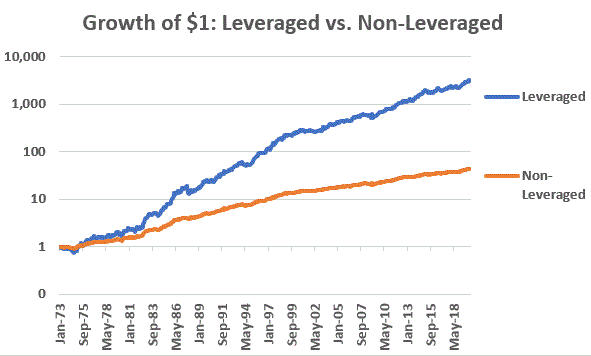
Figure 2 – Growth of $1 Leveraged approach versus non-leveraged approach (Logarithmic scale)
Figure 3 displays the comparative numbers
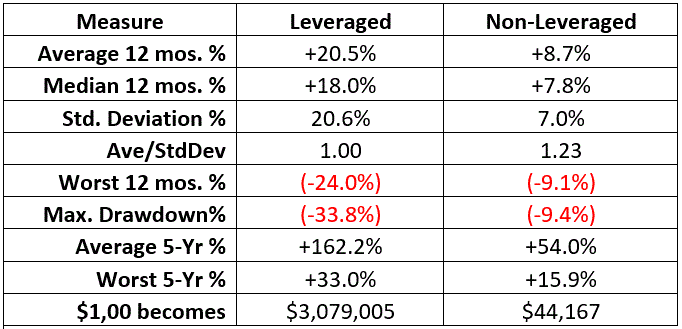
Figure 3 – Comparative Facts and Figures (Jan1973-Mar2020)
The bottom line, if you want low risk and low volatility, the non-leveraged approach generated an 8.7% average annual return with a maximum drawdown of -9.4%. $1,000 grew to $44,167 over roughly 47+ years.
Willing to “roll the dice” (and able to stomach much bigger swings in equity)? The leveraged approach generated a 20.5%% average annual return with a maximum drawdown of -33.8%. $1,000 grew to over $3 million dollars over roughly 47+ years.
Looking for something in between? A 10% leveraged SPX, 15% leveraged long treasury and 75% non-leveraged intermediate-term treasury approach (NOT SHOWN) generated a 13.4%% average annual return with a maximum drawdown of -14.7%. $1,000 grew to over $288,000 over roughly 47+ years.
Discussion of Results
Figure 4 displays the hypothetical annual results for both the leveraged and non-leveraged versions.
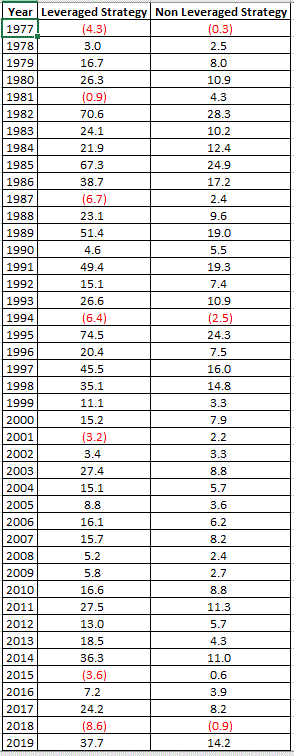
Figure 4 – Year-by-Year Hypothetical Results
In theory, and investor using the originally leveraged strategy detailed above would have accumulated a great deal of wealth over the past 47 years. This is an illustration of the potential usefulness of leverage – AS LONG AS the leverage is “managed” (i.e., in this case, we had a large allocation to low volatility intermediate-term treasuries).
Now for some caveats for anyone thinking “hmm, maybe I should do this.”
*The last 47 years have been most extraordinarily bullish for both stocks and bonds, particularly long-term bonds, as interest rates have gone from 15%+ to less than 1% since the early 1980’s.
*There is no guarantee that the stock market will perform anywhere near as well in the years ahead as it did since 1973.
*And we can be certain that bond performance will look different in the future as there is only so much further that interest rates can fall.
*Of particular note is that both the leveraged and non-leveraged versions show a GAIN through the first three months of 2020. The leveraged version showed a drawdown of just -3.8% in March.
Summary
The real lesson is this: Leveraged funds used aggressively will more than likely end in disaster. So don’t do that.
Jay Kaeppel
Disclaimer: The information, opinions and ideas expressed herein are for informational and educational purposes only and are based on research conducted and presented solely by the author. The information presented does not represent the views of the author only and does not constitute a complete description of any investment service. In addition, nothing presented herein should be construed as investment advice, as an advertisement or offering of investment advisory services, or as an offer to sell or a solicitation to buy any security. The data presented herein were obtained from various third-party sources. While the data is believed to be reliable, no representation is made as to, and no responsibility, warranty or liability is accepted for the accuracy or completeness of such information. International investments are subject to additional risks such as currency fluctuations, political instability and the potential for illiquid markets. Past performance is no guarantee of future results. There is risk of loss in all trading. Back tested performance does not represent actual performance and should not be interpreted as an indication of such performance. Also, back tested performance results have certain inherent limitations and differs from actual performance because it is achieved with the benefit of hindsight.
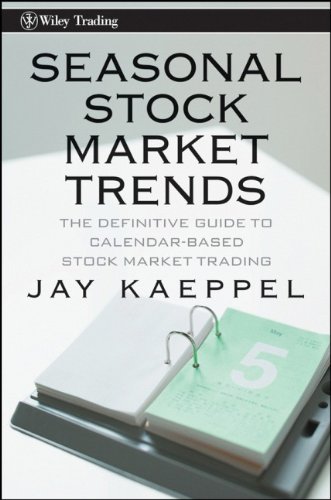
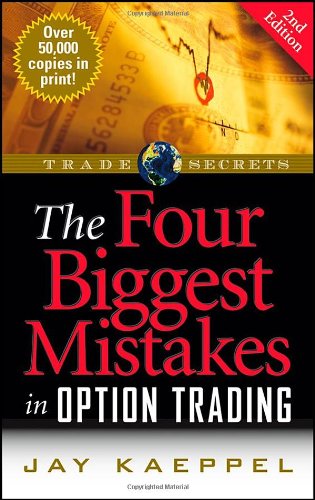
Interestingly useful info
Is there any guarantee that a 3x leveraged fund won’t be pulled off the market leaving the 50% portfolio completely exposed to the 50% loss
The bottom line is that 3x funds are fraught with peril. No there is no guarantee. Hence the gist of the article is that, a) yes, it is possible to make money with them, but b) one needs to do something to mitigate the risk. In this case, only 50% of the money committed is in 3x funds. Additionally, whatever money one might commit should only be a portion of one’s total investable funds. Take Care, Jay
Very interesting article, but the system really exploits the long-term stock AND bond rallies we’ve had since the early 80s. Before that, there were periods where stocks and bonds fell at the same time. That could get really ugly with an account that’s invested 75% in stocks and 125% in long/intermediate treasuries. The first half of this article shows some of the dangers of such an approach: https://taylorpearson.me/thedragon/
JP you make an excellent point. I have concerns about systems that use long-term treasuries – particularly long-term treasuries using leverage. I still use a few given the current trend HOWEVER… the results look great BUT I don’t see any way that the next 40 years are going to look anything like the last 40 years for bonds – since 1981 rates have trended lower from 15% to 1%. This is not meant to imply that rates will rise any time soon – but I also don’t think they are headed to minus 14% interest rates, so I think it is unrealistic to look at the last 40-years of bond returns and assume the future will look anything like that. As a result, for a number of systems I follow I have tentatively built the following “filter” in: *If and when both TYX (30-year yields) and TNX (10-year yields) rise above their respective 120-month moving average (just using month-end numbers), these strategies will eschew long-term bonds and will instead use short and/or intermediate-term treasuries (which are much less volatile and can actually perform well during a gently rising rate environment) instead of long-term treasuries. I personally think that “someday” this will be a life-saver. Almost no one has any recollection of what a bond bear market really looks like – anyone holding long-term bonds is going to get hurt. Somewhere down the road I know, but I can see this disaster coming a mile away….hopefully not anytime soon though…. Jay